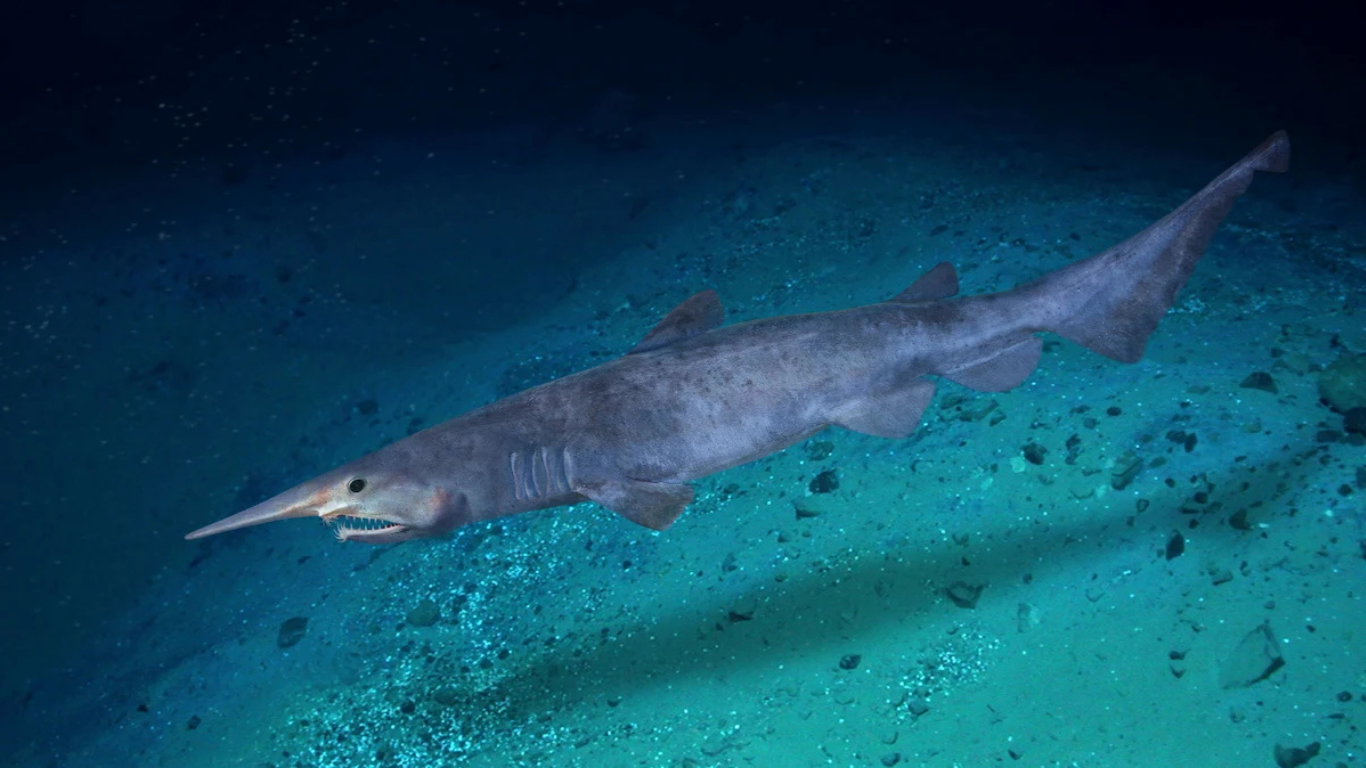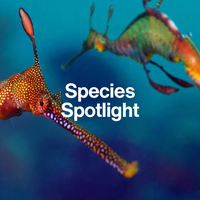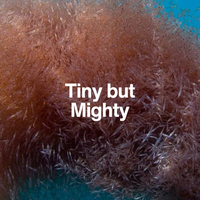The Colour-Shifting Performer
Flamboyant Cuttlefish
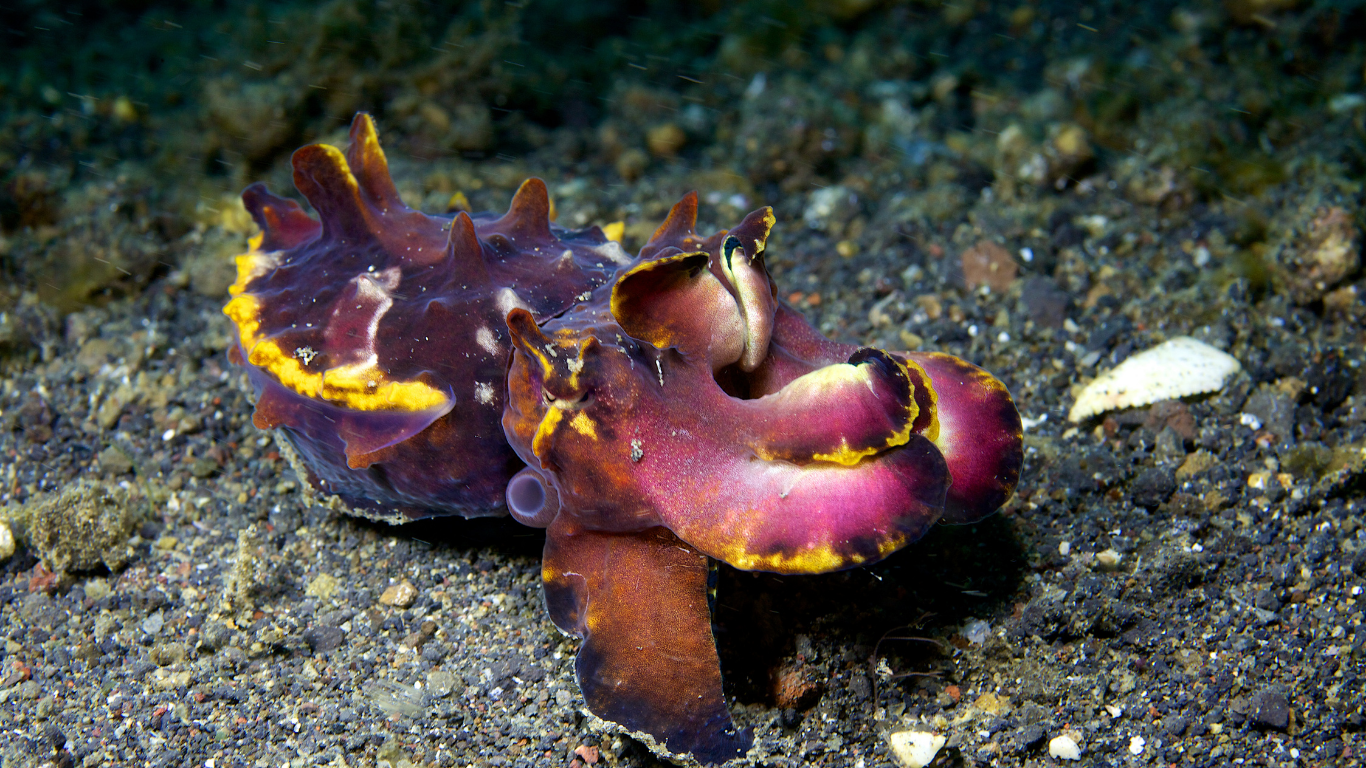
Tiny, bold, and impossible to ignore—this cuttlefish walks the seafloor in a cloak of changing colours.
Introduction
Meet the Flamboyant Cuttlefish
If the ocean had a fashion show, the flamboyant cuttlefish (Metasepia pfefferi) would steal the spotlight. Covered in pulsating patterns of yellow, pink, brown, and white, this tiny cephalopod flashes colour with every move. But its performance isn’t just for show—it’s a message: stay back.
Measuring just 6–8 cm long, the flamboyant cuttlefish lives in shallow tropical waters around Indonesia, northern Australia, and the Philippines. It crawls along the seafloor on two arm-like limbs, walking rather than swimming—a rare behaviour for its kind.
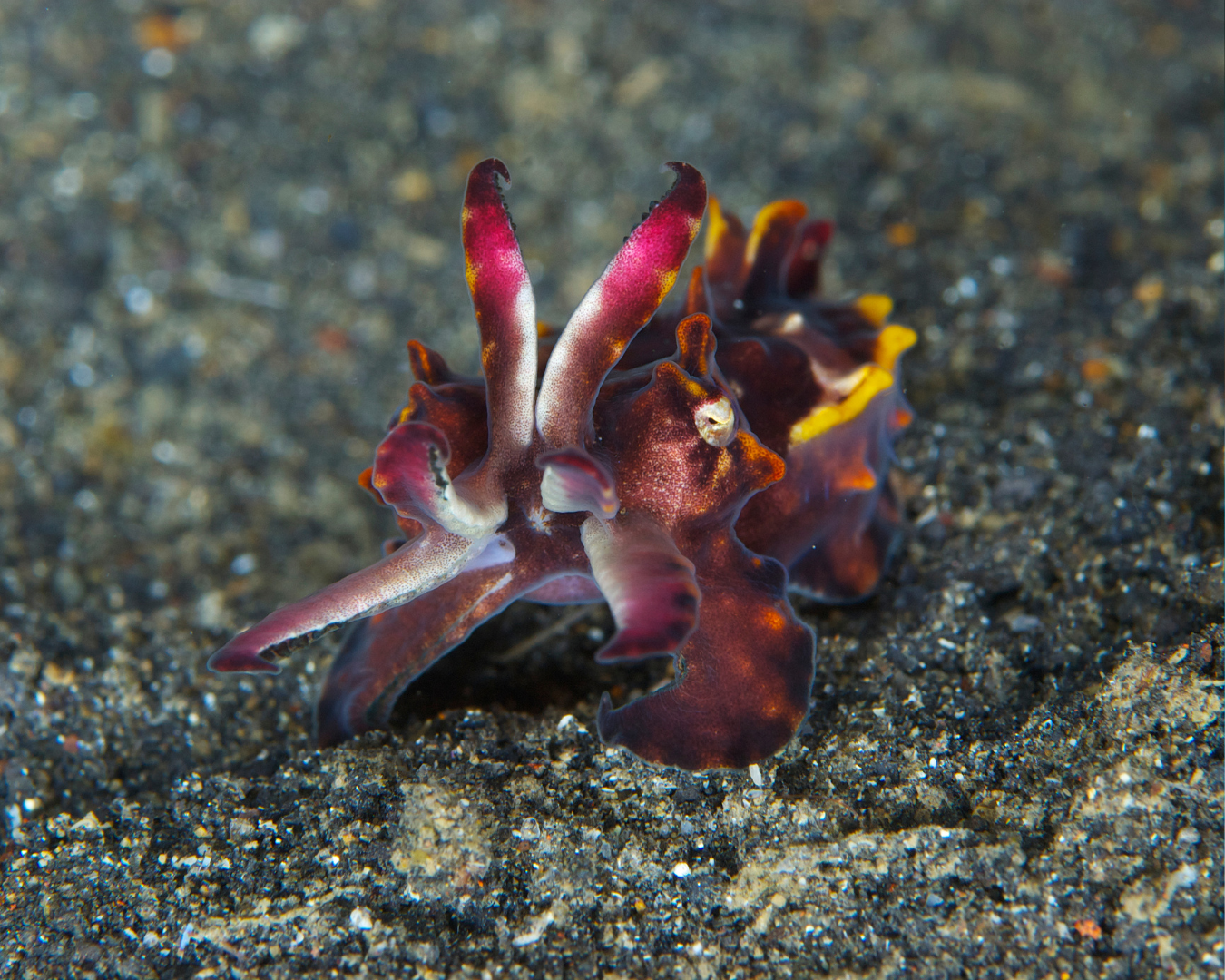
Fun Fact
This cuttlefish is one of the only cephalopods known to walk on the ocean floor using a gait-like motion.
Biology & Behaviour
Walking, Warning, Flashing
The flamboyant cuttlefish uses its colour-changing skin as a communication system. With millions of pigment cells called chromatophores, it can shift colour and texture in an instant—to warn predators, attract mates, or confuse prey.
When relaxed, it’s mostly brown and white. But when threatened or hunting, its body explodes into vivid, flashing colours—a warning of its toxic flesh.
It walks across the bottom with modified tentacles, crawling with a slow strut. It also uses jet propulsion to make short bursts of escape.
Its diet includes small shrimp, crabs, and fish, which it captures using two rapid-fire feeding tentacles that shoot from its mouth like harpoons.

Reproduction
A Dance of Colour and Camouflage
Flamboyant cuttlefish are short-lived—most live only about a year. Males flash and posture to impress females, and successful courtship ends with a brief, beak-to-beak mating ritual.
After mating, females lay clusters of eggs under rocks or coral and then die shortly after. The young hatch fully formed and ready to change colour within hours.
Despite their small size, they’re solitary and intelligent, capable of learning from their environment and using clever camouflage even as juveniles.
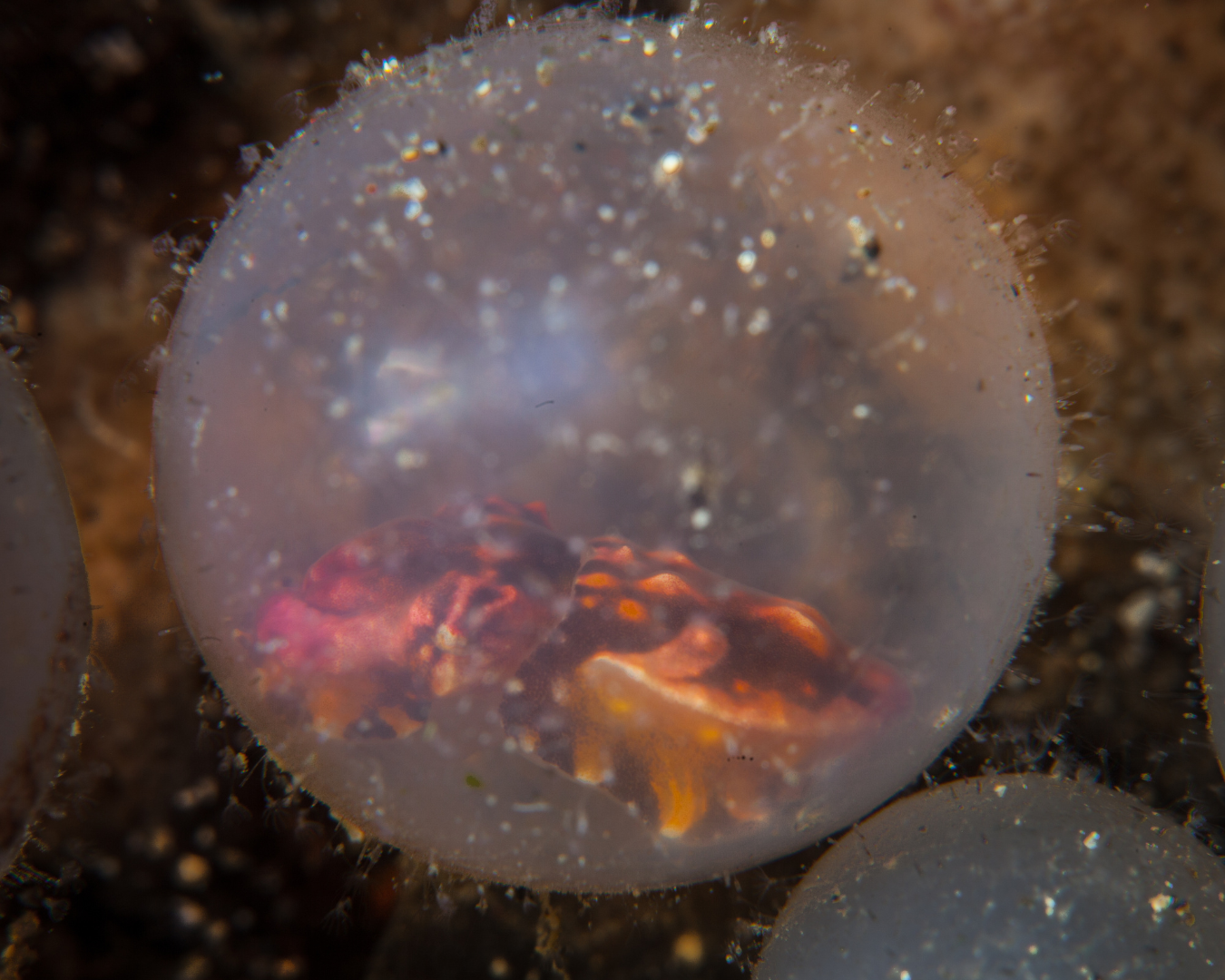
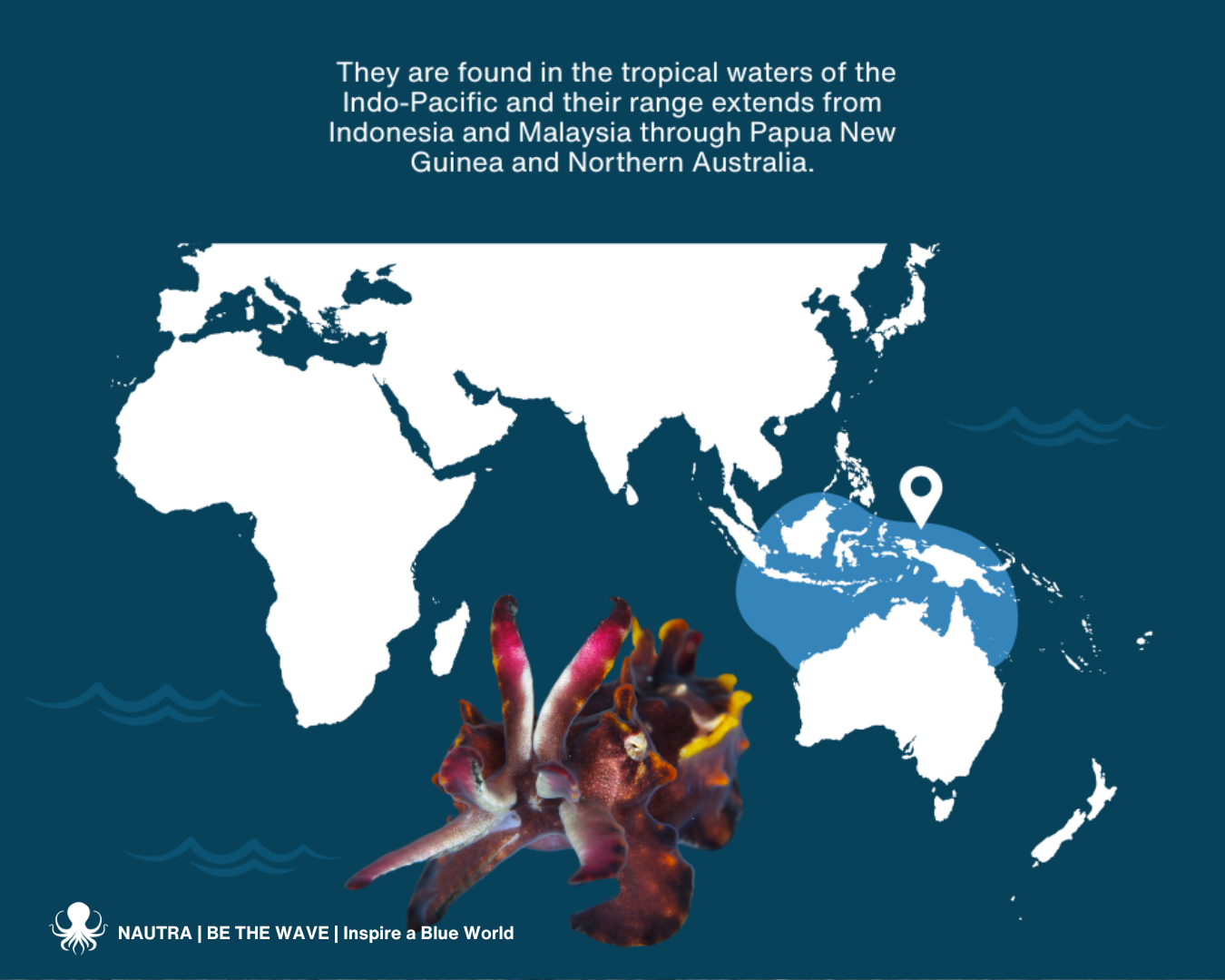
Conservation & Threats
Flashing Red Flags
The flamboyant cuttlefish isn’t currently listed as endangered—but it may be at risk from a number of pressures:
Habitat loss
from coastal development and pollution
Overcollection
for the exotic pet trade and research
Climate change
which threatens coral reef ecosystems
Its limited range, shallow habitat, and popularity in underwater photography make it vulnerable—even if it looks fearless.
Did you know?
The flamboyant cuttlefish is one of the only known toxic cuttlefish species. Its flesh contains toxins that can kill predators—but the exact compound is still unknown to science.
Why They Matter
Small but Striking
The flamboyant cuttlefish proves that boldness isn’t about size. This tiny animal is a master of colour, movement, and deception—and its very existence shows how much wonder lives in shallow reef habitats.
It’s a reminder that every corner of the ocean, even the ones just beneath our feet, holds stories worth protecting. What we think of as “small” might be extraordinary.
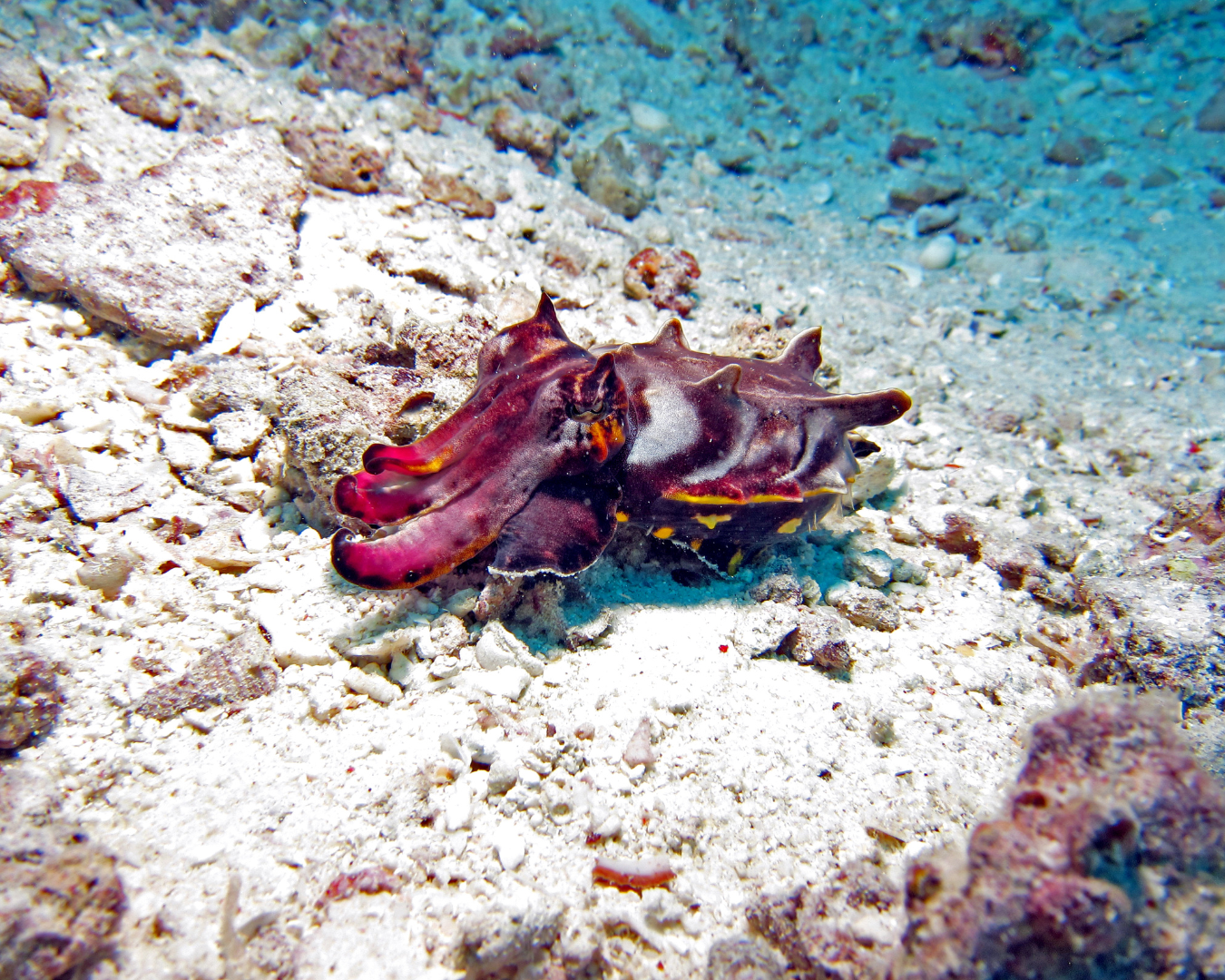
Species Overview
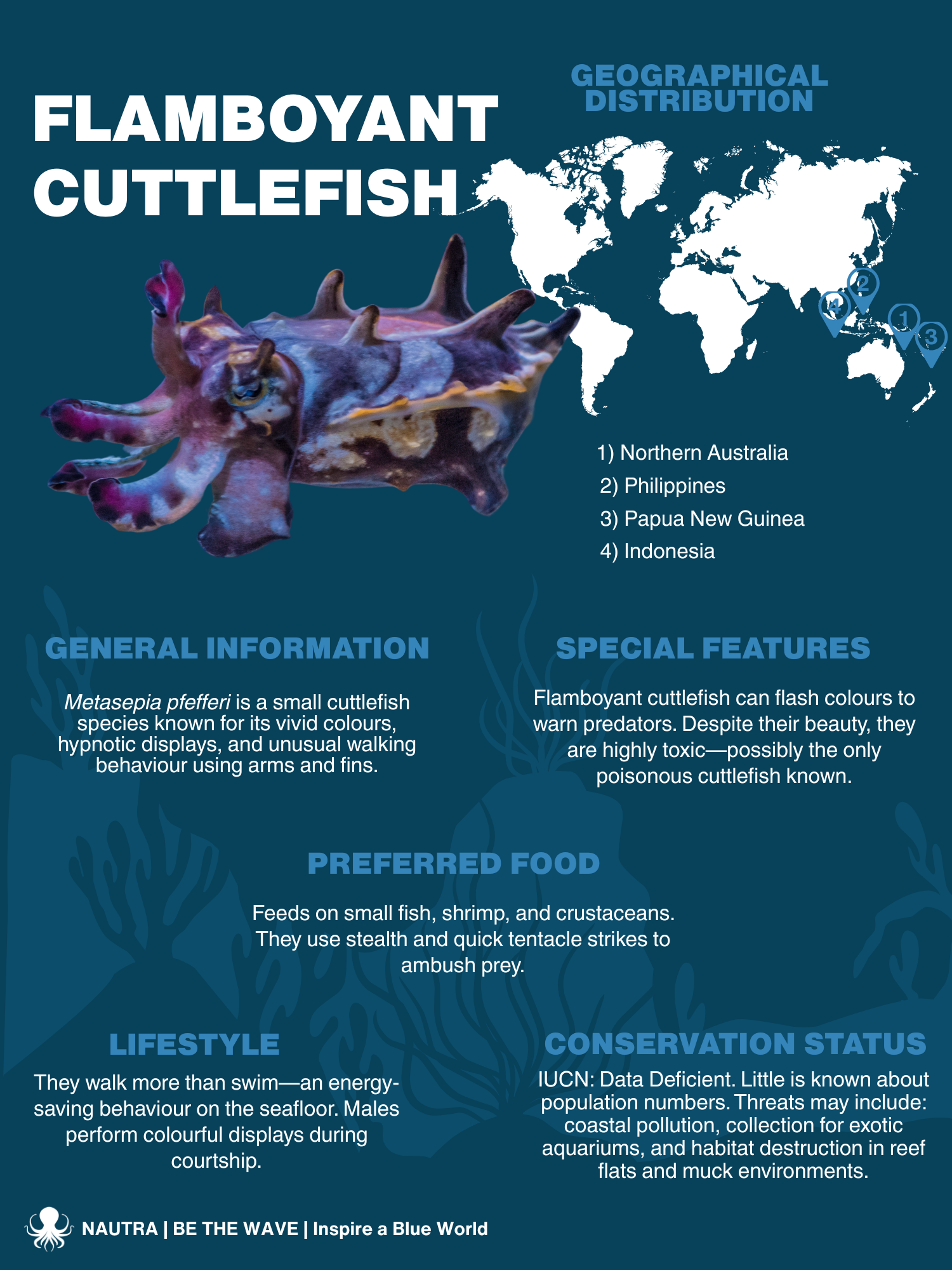
Species ID Card
Dumbo Octopus
Want to take this species with you? Download our printable ID card to keep learning, share with others, or use in your classroom or ocean journal.
NEXT SPECIES
Meet the Midnight Lurker: Goblin Shark
With a long, flattened snout and spring-loaded jaws, this deep-sea shark is one of the ocean’s strangest predators. Up next: ancient, elusive, unforgettable.
